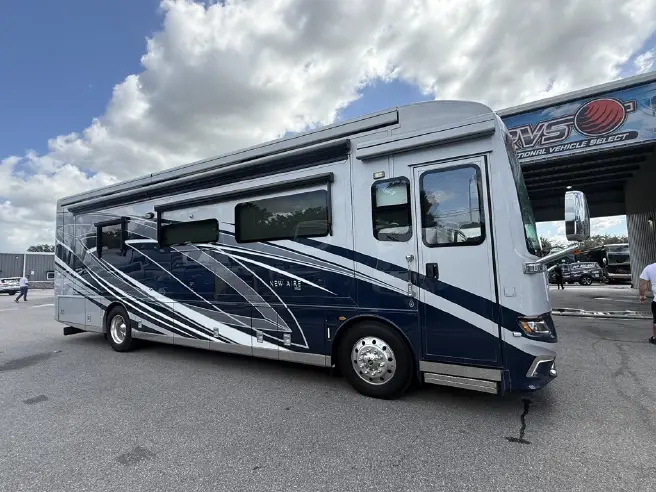As the summer months approach, RV enthusiasts throughout the country are readying their rigs for the road. RVs that have been in storage for the winter and spring months need to be prepped to get back in traveling shape and one of the most important things you’ll need to evaluate is the shape of your RV’s air conditioning system. Nothing kills a summer vacation in the warm weather like an RV AC system that’s on the fritz, so adhere to the following simple rules to make sure your vehicle stays cool and comfortable.
- If your RV has been in outside storage all winter and spring, start by checking for any obvious damage that may have been caused to the window units or rooftop unit. Snow, wind, and rain can all wreak havoc on these structures.
- Next, examine each AC filter. You likely removed the filters or cleaned them prior to winterizing your RV, but be sure to check them in case water leakage or small critters have caused tears, moisture damage, or mold buildup. Putting in brand new filters before getting your rig back on the road is your best bet. Also, clean the unit’s evaporator coils and condenser coils with a vacuum or specialized coil cleaner.
- Time to power up your rig and start running the air to see if it cools properly. As the air begins running, check the dash vents as well as vents in the living area to ensure that cool air is being pumped into the vehicle. Stay alert for any smells or sounds that could indicate the unit is not functioning properly. If the RV doesn’t become cool, a few of the issues may be a broken fan motor, low Freon, or a dysfunctional compressor.
- Not forcing you RV to work overtime is a great way to keep it in good condition and reduce your energy costs. If your central rooftop AC doesn’t cool your rig properly, consider supplementing with one or more window AC units for sleeping areas or large living areas.
- Keep the temperature of your RV as cool as possible by parking in shady areas, using blinds and curtains on windows, keeping air vents open and unobstructed, and taking full advantage of exterior awnings on the vehicle.
- Appliances in the RV, especially the refrigerator, can cause heat exhaust to build up and increase the temperature inside the vehicle. To draft hot air away from the refrigerator, consider installing a cooling exhaust fan behind the fridge. These can be solar-powered or thermostatically controlled.
- Good ventilation inside the RV is a key component of keeping the rig cool and prevents heat from appliances and electronic devices from building up inside the vehicle. Ventilation can be improved by installing vent covers over the roof vents. Fresh air is allowed into the vehicle while warm, stale air escapes.
- Invest in a surge protector or voltmeter to monitor the voltage getting to your rig. When at a campground and the park’s generator is being used by many people, power delivery to individual vehicles can fluctuate. Voltage should be between 105-130; if above or below this range, power down your appliances and electronics temporarily.
Any questions? Be sure to contact us!




